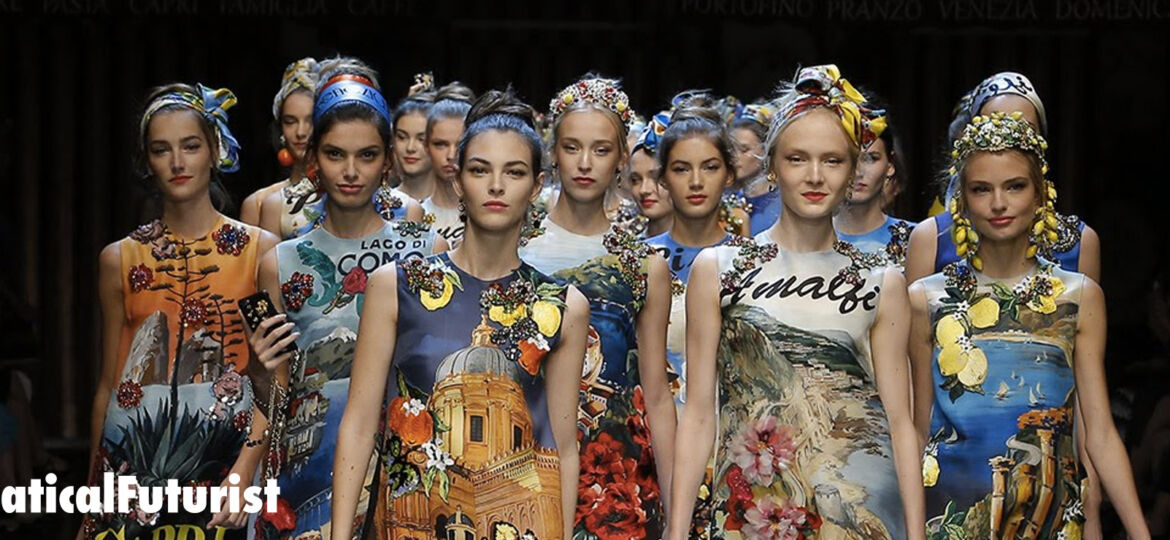
WHY THIS MATTERS IN BRIEF
Most experts think that we are decades away from creating machines that are capable of “creation” and “innovation” but they’re arriving now and many companies around the world could suddenly find themselves being out innovated at an inconceivable pace.
Over the past couple of years there’s been a huge amount of speculation about the types, and number, of jobs that will be automated by Artificial Intelligence (AI), and robots, and what most experts have been able to agree on is that any job, or task, that relies on what they call “Left Brain” skills, that’s to say logical and analytical skills, will be the first to be automated, and that jobs requiring “Right Brain” skills, such as creativity, dexterity and empathy will be among the last to be automated.
Overall, I’d agree with them, and a good rule of thumb from the people who are doing the automating seems to be that if you can describe your job in a single sentence then it’s ripe to be automated.
However, as companies continue to automate left brain skills, I’m seeing an increasing amount of energy and money being invested in automating right brain skills, particularly creativity, which then, by association leads into the automation of innovation, and while it’s happening slowly, the fact that it’s happening at all should have some people sit up and take note because it wasn’t supposed to happen for atleast another ten to fifteen years.
However, before we go any further and race ahead of ourselves let’s take a quick reality check. When I talk about the rise of creative AI’s, what I’m not saying is that the machines have suddenly gained the capacity to create in the way we think of it, AKA “neurological magic” that helps us create wonderful things. No, in the world of AI it’s not neurological magic, it’s algorithmic magic.
Take for example the new breed of Creative Machines that are being taught to image, and which are trying to break into the music business, such as Amper, DeepBach, Magenta, and the movie business, and the so called “Generative Design” AI’s that are helping design, innovate and evolve better aircraft parts, chairs, jet engines, robots and trainers.
While many of us could easily argue that none of these AI’s are creative in the way we’d define it’s still a fact that some of the music they produce is great, and some of the products they’ve been iterating, that even include designs for new AI’s, are superior to anything humans have been able to design – or conceive.
And now here comes another want-to-be creative AI, but this time from Amazon.
Unveiled last week at a workshop in the US Amazon unveiled a new AI, from their team in Israel, that can spot fashion trends before they peak, and an AI from their Lab126 in California that can design clothes, and they hope that soon they’ll be able to use the latter to, in their words “replicate and replace today’s fashion stylists and designers.”
While the concept of using AI to spot trends isn’t new, the increasing interest and investment in AI’s that can “understand” style, and then instantaneously and cost effectively, lest we forget that that’s Amazon’s core mantra, create their own unique designs and trends, is. And Amazon’s motivation here? Sales of course, after all it wouldn’t hurt to have fashion hit after fashion hit and create, what they hope, would be a virtuous circle of success, so don’t expect this to be the last announcement they make on the subject.
“There’s been a whole move from companies like Amazon trying to understand how fashion develops in the world,” says Kavita Bala, a professor at Cornell University who took part in the workshop, “this is completely changing the industry.”
Amazon’s latest AI’s are cutting edge Generative Adversarial Networks (GAN), that are a close relative of the creative “Generative Design” AI’s I talked about earlier.
Amazon’s GAN’s consists of two deep neural networks operating in tandem with each other that can learn from raw data and then internalise it to come up with new styles. For example, Tim Oates, a professor at the University of Maryland, recently presented details of a GAN system for transferring a particular style from one garment to another, and he suggests that this approach might be used to conjure up new items of clothing from scratch.
“You could train [an algorithm] on your closet, and then you could say here’s a jacket or a pair of pants, and I’d like to adapt it to my style,” he said.
Fashion designers shouldn’t fret just yet because he also went on to say that it may be a long time before a machine can actually invent a fashion trend, but a long time in technology is a year so beware…
“People innovate in areas like music, fashion, and cinema,” he says, “what we haven’t seen is a genuinely new music or fashion style that was generated by a computer and really resonated with people,” he said.
Not yet, but I’m sure I’ll be writing about one sooner than you think Tim.
As companies and institutions continue build and design increasingly capable, creative and intelligent machines I’m going to lay down a bet that we’ll be able to automate innovation sooner than you think, by 2025… feel free to counter. Which reminds me I need to get my robo-writer to write up some predictions. Coming soon…
















